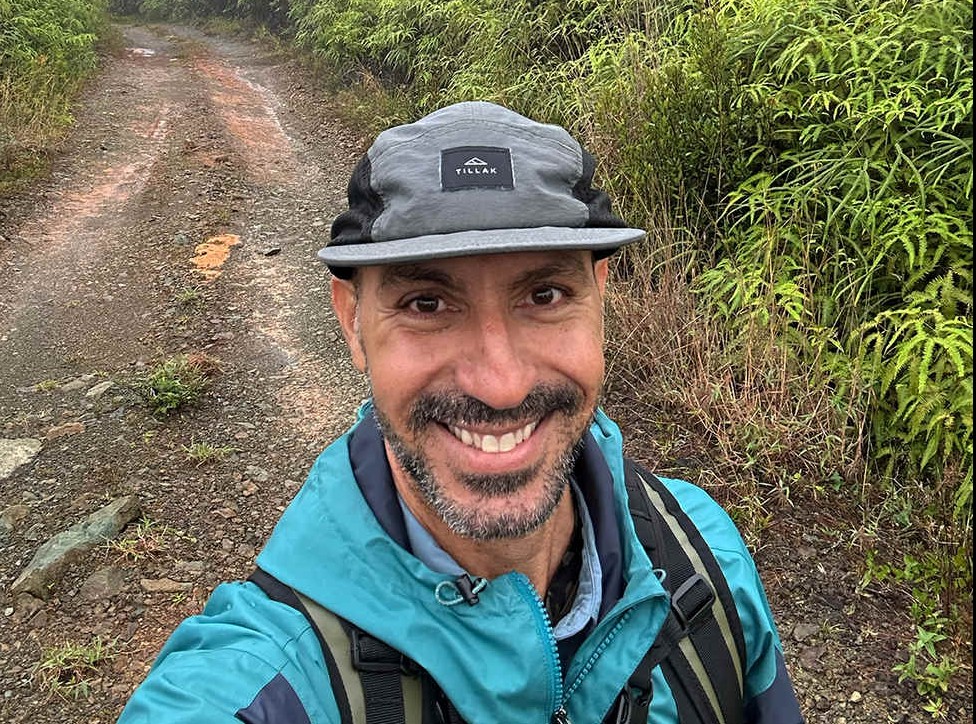
What is your favorite bird species?
The one bird that has always been my favorite among all resident and non-resident species is the Bay-breasted Cuckoo (Coccyzus rufigularis); I’ve even named my company after its onomatopoeic local name, Cúa. It’s such an enigmatic species, very local, hard to find and observe, beautiful, graceful, and clever; it’s the whole package!
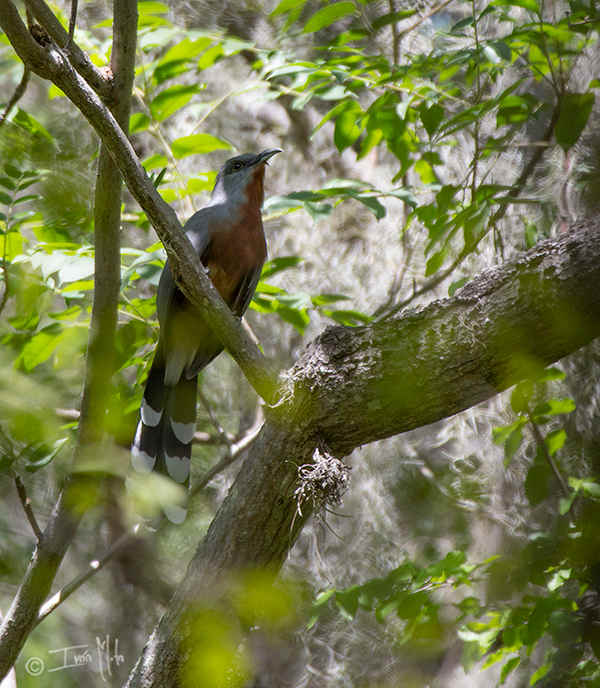
What is your name, and where do you live?
My name is Iván Mota. For a big part of the year, I live in the capital city of Santo Domingo, Dominican Republic, but I also spend the summer months in the Western US, working as a Field Biologist.
Ashy-faced Owl
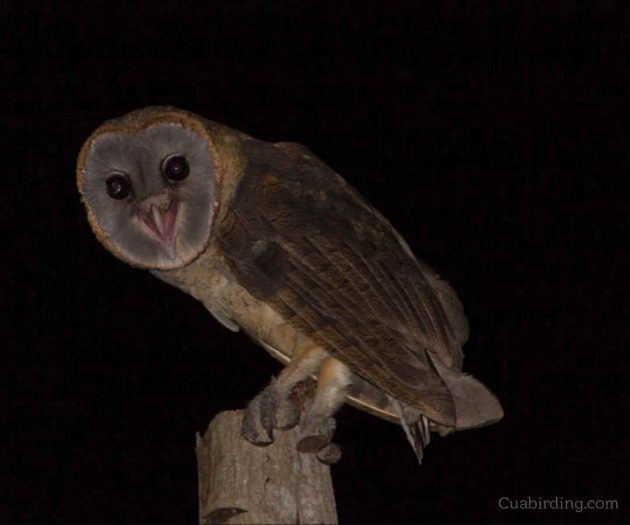
What are the main regions or locations you cover as a bird guide?
My main region is the southwest of the DR, in the Bahoruco Mountain range. An area with high biodiversity and endemism, but I also guide around the central mountains, the SE, and NE of the island.
Antillean Piculet
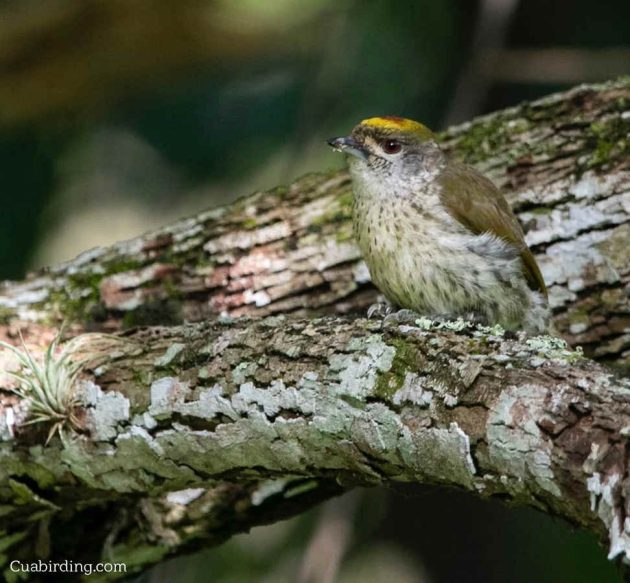
How long have you been a bird guide?
Well, I’ve just realized I have been guiding for 16 years now, haha.
Broad-billed Tody

How did you get into bird guiding?
Guiding came very organically to me. I have always been connected to nature and attracted to birds, but had no idea one could become a birding guide, or that there was such a thing at that time. So I pursued a career in the arts. One good day digging on the web, I came across a birders club based in my city, soon I joined and signed up for a weekend trip to the mountains. I think my field knowledge of birds surprised this group of people, who I had never met before, including the person who became my mentor. Shortly after, I was asked if I wanted to help co-lead organized birding trips in the DR. I’ve learned the craft from some international tour leaders and honed my guiding skills with every tour. Years later, I decided to take it a step further and began organizing and leading my own trips; Cúa Birding Tours was born.
Hispaniolan Trogon

What are the aspects of being a bird guide that you like best? Which aspects do you dislike most?
Apart from enjoying the challenge of finding and showing the birds my guests want to see and or photograph, I like the positive connection I can have with them. Nowadays, I mostly guide small groups, 1 to 4 participants, and the occasional larger group for a couple of birding companies from abroad. This allows me to create that connection. I get to engage in very interesting conversations, in knowledge exchange, talks about taxonomy, ecology, travels, conservation issues and needs, or just a lot of nonsense, haha. It elevates a trip from fun to awesome. I usually stay in touch with these kinds of people!
I dislike when I see habitat loss and fragmentation, specially when the impact is done inside key biodiversity areas (KBA), we have quite a few designated on the island, and I visit them regularly. Apart from that, I’ve been learning over the years how to eliminate, minimize, or modify the things I dislike about guiding, so most of the time it’s smooth sailing and fun!
Hispaniolan Euphonia

Which 5-10 birds in your region do you think are the most interesting for visiting birders?
All island endemics, to be fair, but these are the ones most clients don’t want to miss. In no particular order:
- Ashy-faced Owl
- Bay-breasted Cuckoo
- Hispaniolan Crossbill
- Narrow-billed and Broad-billed Tody (can’t split them!)
- Western Chat-Tanager
- Hispaniolan Trogon
- Hispaniolan Highland Tanager/ White-winged Warbler (they still can’t decide what to call it, lol)
- Antillean Piculet
- White-fronted Quail-Dove
- La Selle Thrush.
La Selle Thrush
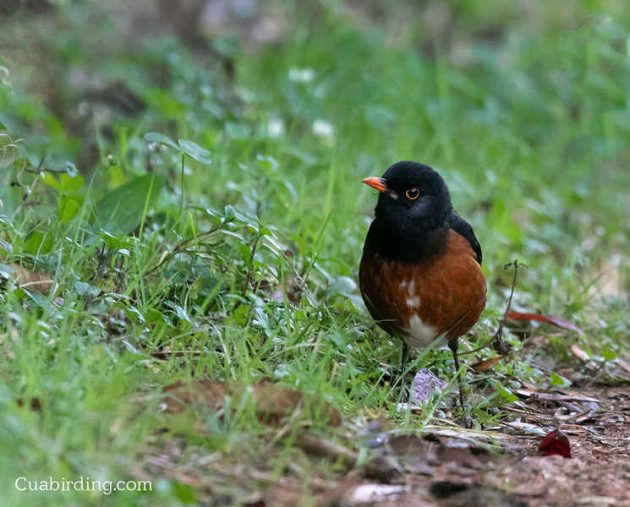
Can you outline at least one typical birdwatching trip in your area? Please briefly describe the locations, the key birds, and the approximate duration of such a trip
Since most of my trips are customized for each guest’s birding needs, they all vary. In general, a Cúa Tour takes you on a 4 up to 10-day birding adventure that departs from the city of Santo Domingo, visiting places like the National Botanical Garden, the Bahoruco-Jaragua-Enriquillo Biosphere, Los Haitises National Park, Las Salinas, Ebano Verde Scientific Reserve, etc. The island contains a diversity of habitats, we’ll explore areas from below sea level at Enriquillo Lake, to mangroves, lagoons, shoreline, coastal saline ponds, tropical rainforest forests, cloud forests, dry, transitional, and pine forests, and birding as high as 2,400 meters above sea level.
Over 300 species have been reported for the island of Hispaniola, shared between the Dominican Republic and Haití, and 34 island endemics. On a 5+ day tour, you will have the chance to observe up to 33 endemics and the possibility of over 10 regional endemics, breeding visitors, and many Neotropical migrants like warblers and shorebirds, depending on the time of the year you’re visiting the island. Key species are the endemics Broad-billed and Narrow-billed Tody, Hispaniolan Woodpecker, Antillean Piculet, Antillean Siskin, H. Lizard Cuckoo, H. Crossbill, H. Euphonia, Black-crowned Palm-Tanager, Bay-breasted Cuckoo, H. Emerald, Flat-billed Vireo, White-winged Warbler, Green-tailed Warbler, Least Pauraque, H. Nightjar, the critically endangered Ridgway’s Hawk, etc. Regionals like West Indian Whistling Duck, Vervain Hummingbird, Antillean Palm Swift, Zenaida Dove, Plain Pigeon, Key West Quail-Dove, and an array of waders and ducks.
Hispaniolan Crossbill
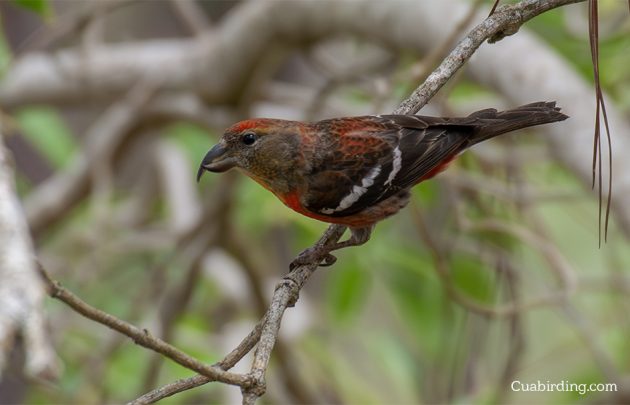
Cúa Birding Tours also arranges trips for target species, photography trips, and day trips departing from Santo Domingo. The latter could be half or full-day outings, and depending on the area we’d visit, driving time can be a short 25 minutes up to 2 hours at most to reach our birding locations. We’d spend approximately 6-8 hours in the field. At the end of each trip, I provide an eBird checklist including photo and audio media whenever possible. For longer trips, I put together an eBird trip report.
Palmchat
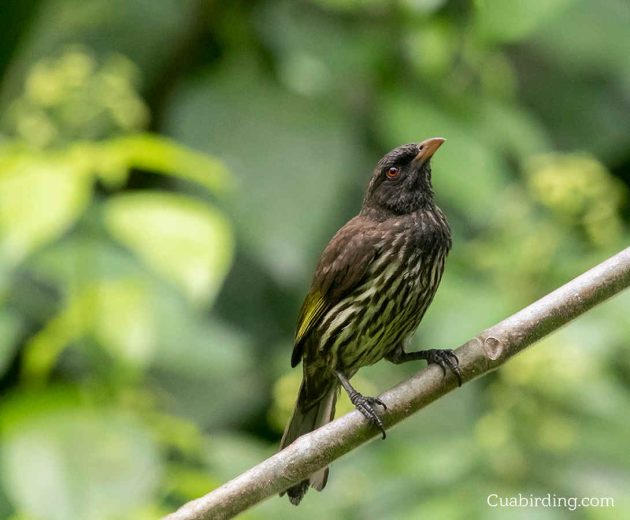
What other suggestions can you give to birders interested in your area?
Most people seem to want to come during the months of November through April, but birding is great all year round. Summer is usually wet and hotter, and there’s a chance of being hit by a tropical storm, or in the worst and infrequent case, a hurricane. Winter is dry, cooler, and we have the overwintering migrants, so more species can be seen and added to the trip list. The beginning of the breeding season for most species is great, March-May, especially for photographers, since birds tend to show better and males wear their bright breeding plumage. Always bring a light rain jacket, light field clothes, long pants, and long sleeves, and a layer if visiting high elevation sites. Your field equipment is a must; you might not find a decent pair of binoculars in the stores. I have a great quality spotting scope, so guests don’t need to haul one along, unless they plan on using it before/after the tour.
Western Chat-Tanager
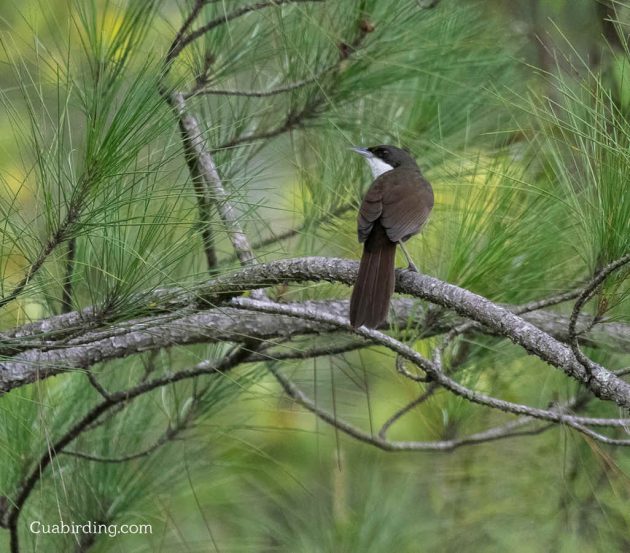
If any readers of 10,000 Birds are interested in birding with you, how can they best contact you?
I can be reached at ivan.lacuabirding@gmail.com, also through my website: https://cuabirding.com/, and find me on my Instagram account: https://www.instagram.com/lacuabirding/
White-fronted Quail-dove

Is there anything else you would like to share with the readers of 10,000 Birds?
Birdwatching is not just a hobby, but a powerful way to help conserve birds and their habitat, when done thoughtfully and using the right tools. A few easy ways are to be accurate with data collection on platforms like eBird, also notes and media added to your checklist are valuable. Helping local communities stay engaged and committed to preserving habitat, especially when abroad, by using local guides, staying in lodges run by those communities, eating local, and showing them that birds and their habitat can bring a healthy form of income to their community. It’s a win-win!
Hispaniolan Highland Tanager
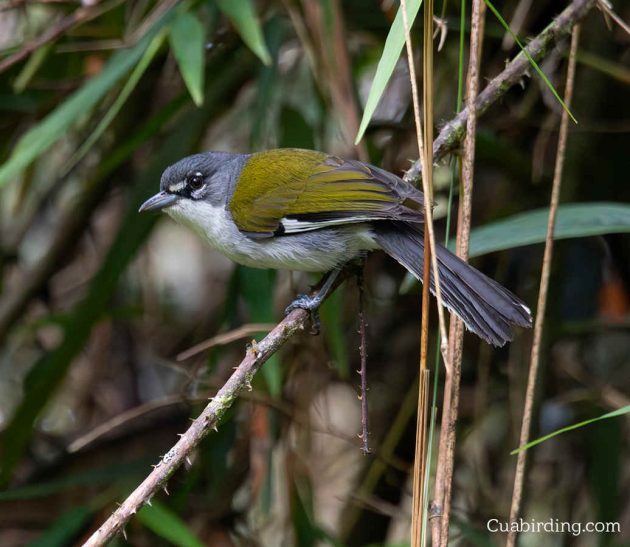


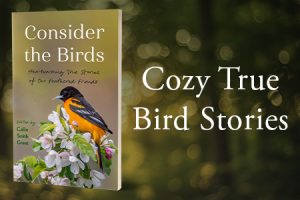

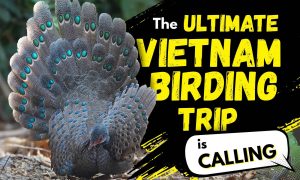


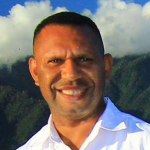




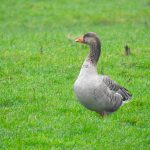
Leave a Comment